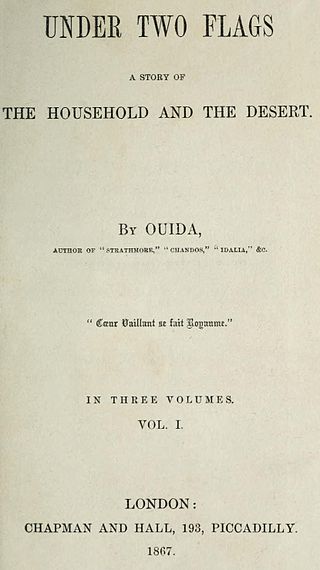Related Research Articles

Garden State is a 2004 American romantic comedy drama film, written and directed by Zach Braff, and starring him, Natalie Portman, Peter Sarsgaard and Ian Holm. The film centers on Andrew Largeman (Braff), a 26-year-old actor/waiter who returns to his hometown in New Jersey after his mother dies. Braff based the film on his real life experiences. It was filmed in April and May 2003 and released on July 28, 2004. New Jersey was the main setting and primary shooting location.

Zachary Israel Braff is an American actor and filmmaker. He portrayed John Michael "J.D." Dorian on the NBC/ABC television series Scrubs (2001–2010), for which he was nominated for the Primetime Emmy Award for Outstanding Lead Actor in a Comedy Series in 2005 as well as for three Golden Globe Awards from 2005 to 2007. He starred in The Broken Hearts Club: A Romantic Comedy (2000), The Last Kiss (2006), The Ex (2006), and In Dubious Battle (2016). He has done voice-work for Chicken Little (2005) and Oz the Great and Powerful (2013).
The Spender is a 1913 American silent short romance film directed by Harry Solter and starring Earle Foxe, Florence Lawrence and Matt Moore in the lead roles.
The Lost Sermon is a 1914 American silent short drama film starring William Garwood, Harry von Meter, Jack Richardson Vivian Rich and Louise Lester. It was based on a story written by Eleanor Talbot Kinkead.
Destiny's Trump Card is a 1915 American silent short film directed by and starring William Garwood in the lead role with Violet Mersereau.
You Can't Always Tell is a 1915 American silent short film directed by and starring William Garwood in the lead role with Violet Mersereau. It is one of several short films that Garwood and Mersereau starred in together and Garwood directed.
Business Versus Love is a 1914 American silent short film directed by Tom Ricketts and written by Sydney Ayres. Starring Edward Coxen, Winifred Greenwood, Harry von Meter, and Jack Richardson.
The Altar of Ambition is a 1915 American silent short film directed by Archer MacMackin starring Jack Richardson, Louise Lester, Vivian Rich, Harry von Meter, and David Lythgoe.
The Fate of the Dolphin is a 1916 American silent short drama film directed by Thomas Ricketts starring Perry Banks, Ed Coxen, George Field, Lizette Thorne, and Harry Van Meter.

Back to the Farm is a 1914 silent comedy short film produced by the Lubin Manufacturing Company and co-starring Oliver Hardy and Bert Tracy. It is the earliest Hardy film known to survive.
A Good Business Deal is a 1915 American short silent film directed by B. Reeves Eason.
The Newer Way is a 1915 American short film directed by B. Reeves Eason.
The Blot on the Shield is a 1915 short film directed by B. Reeves Eason.
To Rent Furnished is a 1915 American short film directed by B. Reeves Eason.
Viviana is a 1916 American short drama film directed by B. Reeves Eason.

Under Two Flags (1867) was a best-selling novel by Ouida. The most famous of her books, it tells the story of an English aristocrat, apparently in disgrace, who disappears and joins a French battalion in Algeria, loosely based on the Foreign Legion.
Richard Smith, also known as Dick Smith, was a screenwriter, actor, and film director. Smith was born in Cleveland, Ohio, and became a comedian active in the vaudeville era. He met his wife Alice Howell in 1910 and the two performed together as Howell and Howell. After working under direction of Mack Sennett at the American Mutoscope and Biograph Company in New York City, Smith moved to Los Angeles, California. Smith and his wife starred in reels together produced by L-KO Kompany.

The Lighthouse by the Sea is a 1911 American silent film from a screenplay by Bannister Merwin.
Maie B. Havey, born Marie Judge, was an American screenwriter active during the earliest years of Hollywood. During her decade in the industry, she is credited with 70 screenplays.

The Human Gamble was a 1916 American silent Short film directed by Lloyd B. Carleton. The film is based on the story and screen adaptation by Calder Johnstone. The drama stars Dorothy Davenport, Emory Johnson, and a cast of Universal contract players.
References
- ↑ Braff, Richard E (2002). The Braff Silent Short Film Working Papers. McFarland & Company. p. 402. ISBN 0786410310.